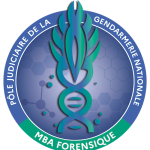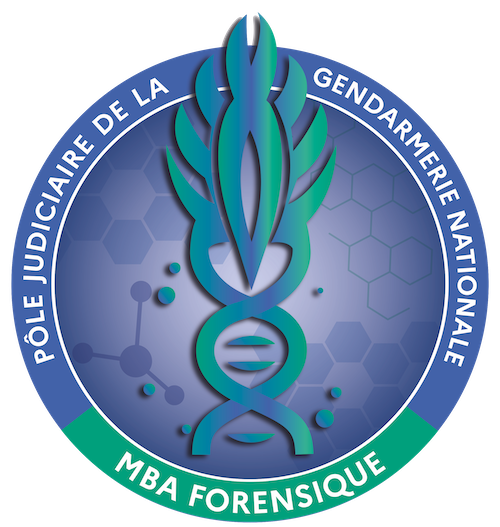On the 7th of December 2023, Major Gouello defended her doctoral thesis at the University of Montpellier:
The aim of this thesis was to carry out a pilot study to apply the analysis of bacterial communities to the determination of the nature of biological fluids, while addressing different problems: What kind of trace can we get? When do we have to pick it up? How do we perform the analysis? Current techniques for determining the nature of the trace are based on immunological or physicochemical tests which sometimes have limits in terms of specificity and sensitivity. Through the study of the microbiome, it is possible to determine the nature of biological fluids by identifying the bacterial species in these fluids.
This study was based on the sequencing of the 16S ribosomal RNA, a gene that is universally detected in all bacterial genomes and has hypervariable regions to distinguish bacterial species. Several biological fluids commonly encountered in forensic sciences were analysed alone to determine a bacterial signature by fluid and then mixed to assess whether these microbial signatures were still identifiable. The analysis of lone fluids has allowed for the formal identification of fluids of interest despite the observation of some inter-individual variations. Some fluid mixtures have allowed the detection of both fluids present, however, for other mixtures it was sometimes complex to determine the presence of one fluid due to the predominance of bacterial communities of the other fluid analysed or the proximity of the bacterial profiles between the samples. The studies on the bacterial communities persistence showed that they were stable for at least 4 days regardless of the environmental condition tested. The second objective of this study was to highlight the most appropriate nucleic acid extraction kit (DNA and RNA) by comparing a medical extraction kit and a forensic extraction kit used in our laboratory. This study revealed that the analysis of bacterial communities was compatible with the laboratory protocol by working directly from the total nucleic acid extract used for the establishment of genetic profiles. Finally, a comparative study between two sequencing technologies showed that similar bacterial profiles were obtained.
This new method of fluid identification has therefore proved promising, although further analysis is still needed. There are many challenges to be addressed, including the establishment of sensitive, specific and robust protocols for the fluids tested. The legal and ethical aspects of the analysis of the bacterial community should also be taken into account. It is necessary to control the nature of the data analysed and the measures to protect, collect, store and disseminate such data, in particular in expert reports.











